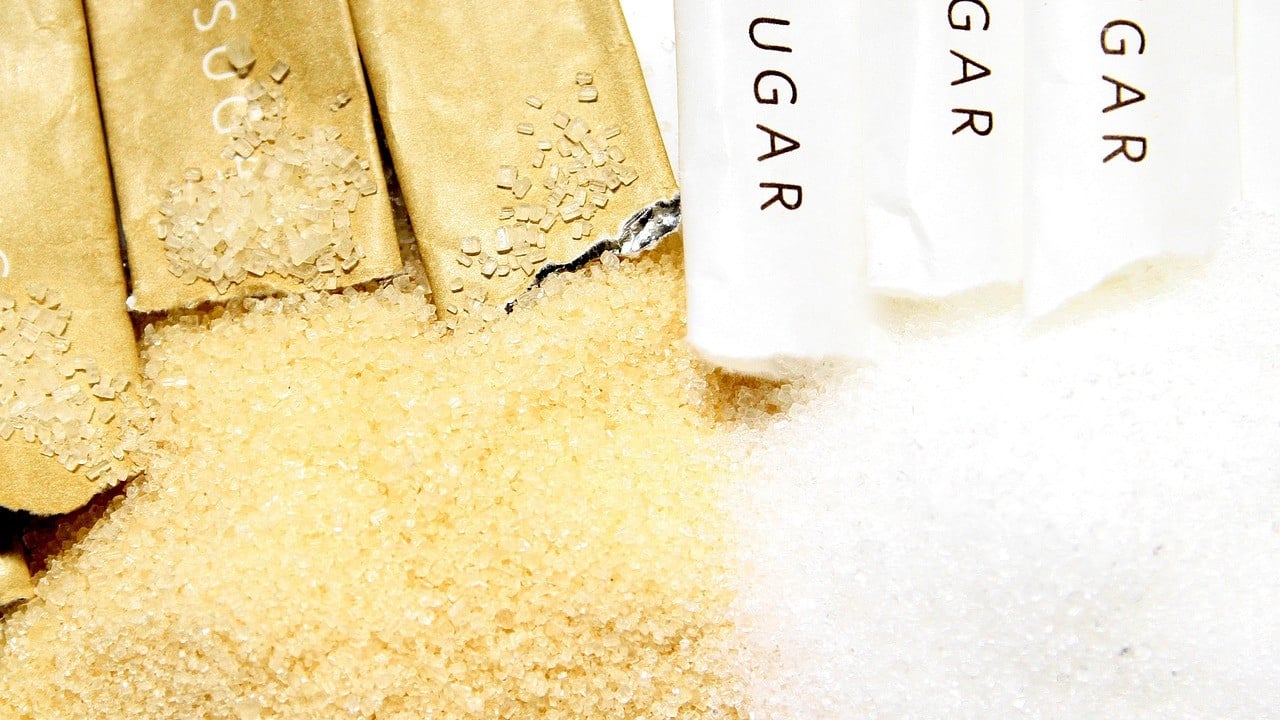People researching beet sugar vs cane sugar often want to know which blends well in liquids.
Understanding the Nutritional Conveniences of Beet Sugar Vs Walking Stick Sugar for Wellness Conscious Consumers
When taking a look at the nutritional effects of beetroot sugar versus cane sugar, health-conscious customers locate that both selections mostly include sucrose and offer comparable caloric worths, each contributing around 16 calories per tsp. Despite this resemblance, neither kind gives considerable health advantages, as they are without essential nutrients. Discovering the wider impacts, including ecological considerations and lasting wellness impacts of sugar intake, may brighten a lot more nuanced differences between these 2 sugars.
Nutritional Profile and Caloric Value of Beet Sugar and Walking Cane Sugar
Although both beet sugar and walking cane sugar are primarily made up of sucrose, their nutritional accounts and caloric values are incredibly comparable. Each provides around 16 calories per teaspoon and is composed nearly totally of carbohydrates, with marginal amounts of healthy protein or fat. These sugars additionally lack significant quantities of vitamins or minerals. The improvement process strips away most of the fundamental nutrients, making both types virtually identical in regards to nutrition. There are trace distinctions in the pollutants that remain after processing, which can a little affect the taste and shade of the sugars, but these are minimal in terms of wellness influence. For consumers concentrating on nutritional impact, the selection in between beet and walking stick sugar is much more regarding personal preference or prospective ecological concerns instead than dietary differences. Both ought to be consumed in moderation within a balanced diet plan due to their high caloric material and absence of crucial nutrients (beet sugar vs cane sugar).
Environmental Influence and Sustainability of Sugar Production
While the dietary differences between beetroot sugar and walking stick sugar are very little, their production procedures offer more considerable disparities, especially in terms of ecological influence and sustainability. In comparison, beet sugar manufacturing usually needs much less land and can be cultivated in more warm climates, which might lower the requirement for irrigation and the connected water resource depletion.
Nonetheless, beet cultivation is not without its environmental challenges; it entails substantial power inputs, specifically in the north climates where it is grown, because of the requirement for longer home heating durations in sugar handling. Both sugar beet and sugar walking cane sectors are checking out more sustainable practices, including crop rotation, natural farming, and enhanced waste management methods to alleviate these influences.
Wellness Effects and Recommendations for Sugar Intake
In spite of their minimal nutritional distinctions, both beet sugar and walking cane sugar can have detrimental health impacts when consumed over. High intake of either kind of sugar adds to a variety of health concerns, including weight problems, kind 2 diabetes mellitus, and heart condition. Both sugars are pure sucrose and deal no important nutrients in addition to calories, resulting in rapid spikes in blood glucose levels upon intake.


Final Thought
